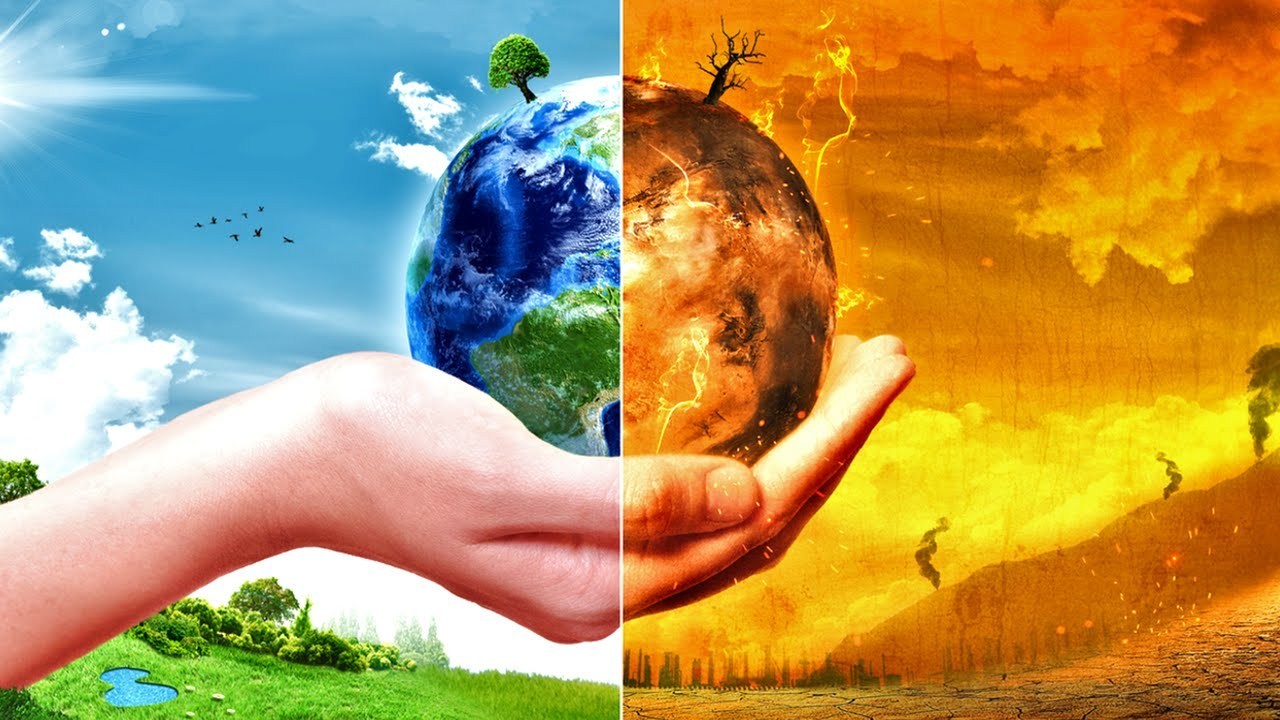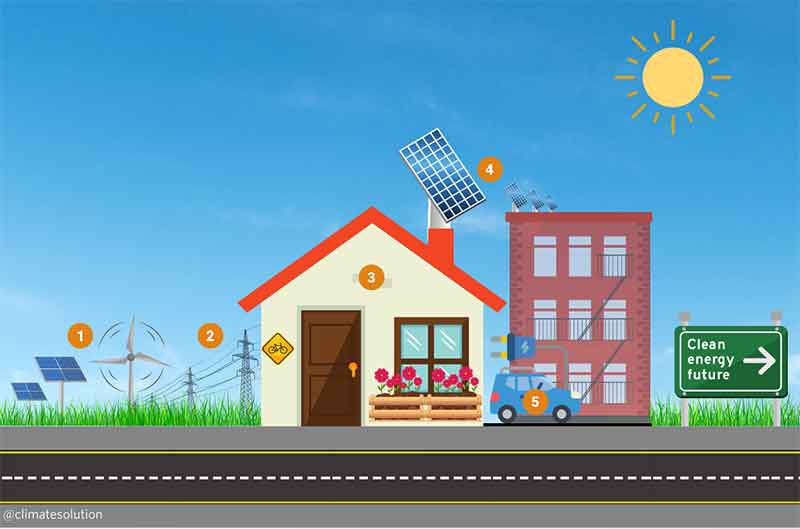Our planet hasn’t seen temperatures this hot in fifteen million years, when the sea level was forty meters higher than it is today.

This is just the opening salvo. As the American west is gripped by potentially the worst drought since algebra was invented 1,200 years ago and temperature records are once again shattered on a weekly basis, we are entering into unknown territory. Lytton in Canada reached a staggering 49.6°C on Tuesday which is hotter than Las Vegas has ever recorded. Portland topped 46.7°C and this is higher than anything experienced in Houston, Texas. This has been building for a long time, but things are about to get much much worse.
Globally, the planet experienced its second hottest year ever recorded in 2019, just 0.4°C cooler than 2016. If 2019 was feeling a little inferior, 2020 arrived on the scene, full of confidence, to claim the prize of warmest year ever recorded on Earth. The average temperature was 1.2°C above the 1859-1900 level. This was also a year in which our civilization was brought to its knees because of the ongoing pandemic. The World Meteorological Organization (WMO) says that the warmest six years on record have all occurred since 2015.
With the carbon already in the atmosphere, the extreme heat we are witnessing now will become the new normal. The impacts of a warming planet will be felt by us all. In fact, they already are. Storms, droughts and heatwaves have increased by a third in just the past ten years. Scientists analyzing models in Switzerland and the UK declared that heat events like that of 2018 were unprecedented prior to 2010 and don‘t occur in historical simulations.
As fossil fuels continue to be pumped into the atmosphere, forests are felled and oceanic ecosystems destroyed, the extreme heat we have seen the past five years is only going to get worse in the next decade. Anthony Arguez at NOAA’s National Centers for Environmental Information in Asheville, North Carolina warns that:
“After the last five years, we’ve really separated ourselves from the past,” and he adds, “It looks pretty likely that we’re going to have a whole lot of top 10 years.”
In total, natural-disaster loss events have more than tripled in the past forty years. It is debatable whether we can continue to call these events ‘natural’ when they are being fueled by human activity. The world is moving into uncharted territory, and our planet has only warmed by 1.2°C so far. The most likely scenario sees the temperature rising by at least 3°C by 2100, and possibly much more, and possibly sooner. What will the future look like if we continue on our current path? The current trajectory we are on would see temperatures rise by between 3.1°C and 3.5°C by 2100. Try to imagine the storms, wildfires, droughts and floods that will become normal if we allow this to happen.
If things are this bad at just 1.2°C of warming, more than 3°C will likely be dire for the future of our species. Also, take into account that these are global average temperatures. At the poles and over land the temperature could be double. For every 1°C of warming, areas affected by heat waves like 2018’s will increase by 16% and are predicted to happen in two out of every three years if temperatures reach 2.7°C, and every year at 3.6°C.
Our planet hasn’t seen temperatures this hot in fifteen million years, when the sea level was forty meters higher than it is today. The Arctic and Antarctic were home to vast forests. This warming was caused by volcanic activity in North America and the warming happened 1,000 times slower than the human caused warming we see today. If 2100 seems a long way away, children born today will be in their eighties. If that still doesn’t concern you, we will lose all the world’s coral reefs at 2°C of warming, hundreds of millions of people will be on the move in search of food and water. There will be forty-one more marine heatwaves than now. All the Arctic Sea ice will be gone. The average length of a drought will be ten months. At least 388 million people will be exposed to water scarcity. Maize production will be 9% lower, and wheat 4% lower at 2°C. The population will have risen to around eleven billion. Sea level will have risen by fifty-six cm. Flooding from sea level rise will cost upwards of $11.7 trillion each year at just 2°C. And the most alarming change will be under the ground in the Arctic region where at least 6.6 million km² of permafrost will have thawed. The result of this thawing could trigger the emissions of billions of tons of methane, and what scientists call runaway climate change.
“It is worse, much worse than you think,” is the opening line to David Wallis-Well’s seminal, but terrifying book, The Uninhabitable Earth. He describes life on our planet at varying degrees of warming. At 5°C, large parts of Earth would be unliveable for humans. At 6°C, New York would be hotter than Bahrain today. At 4°C, wildfires will burn sixteen times more land in the American West. There will be hundreds of drowned cities. Going outside will be a dangerous act across India and the Middle East at just 2°C of warming. Even if we meet the Paris goals, Wallace-Wells says the deadly heatwave that killed thousands in India and Pakistan in 2015 will have become annual events. At 4°C, the 2003 heat wave that claimed the lives of around 2,000 people each day in Europe will be a standard summer event. That means more than 35,000 people will be killed each and every summer by intense heat. Keeping temperatures under 1.5°C, of warming, as opposed to 3°C, will save between 110 and 2,720 heat-related deaths in fifteen American cities. The Union of Concerned Scientists are predicting that hundreds of U.S. cities will experience a whole month above 37.8°C by mid-century. Scientists expect the extreme heat to cause large scale relocation of residents as Boston becomes the new Columbia, South Carolina and Chicago experiences the heat of Lafayette, Louisiana. The pilgrimage to Mecca will become impossible for the two million Muslims currently making the trip. Wallace-Wells adds that even if we keep warming under 2°C, half the population will be exposed to deadly heat waves more than twenty days a year. If we don’t keep warming under 2°C, that number will rise to three quarters.
A recent study found that we may be fast approaching the threshold of 1.5°C. Scientists stated that there is a 40% chance that we may temporarily pass this figure by 2025. Our feckless leaders are aiming to halt warming at 1.5°C by 2050 yet we may pass this target twenty-five years earlier. It is abundantly clear that we are not on target to stop the worst from happening and that we need rapid decarbonisation immediately if we are to avoid mass starvation and suffering. We can all make changes to our lives from talking about the crises, only buying things we need, leaving animals off our plates to cycling and growing our own food. It is only coordinated government action that will be enough though, and our leaders won’t act without grassroots pressure. That’s where we all have a part to play. We cannot give up without a fight. The future is worth our sweat and tears now. If it isn’t, there will be blood.
Simon Whalley is a an English teacher at a university in Japan and co-founder of Extinction Rebellion Japan.
Originally published in CommonDreams
GET COUNTERCURRENTS DAILY NEWSLETTER STRAIGHT TO YOUR INBOX
















































